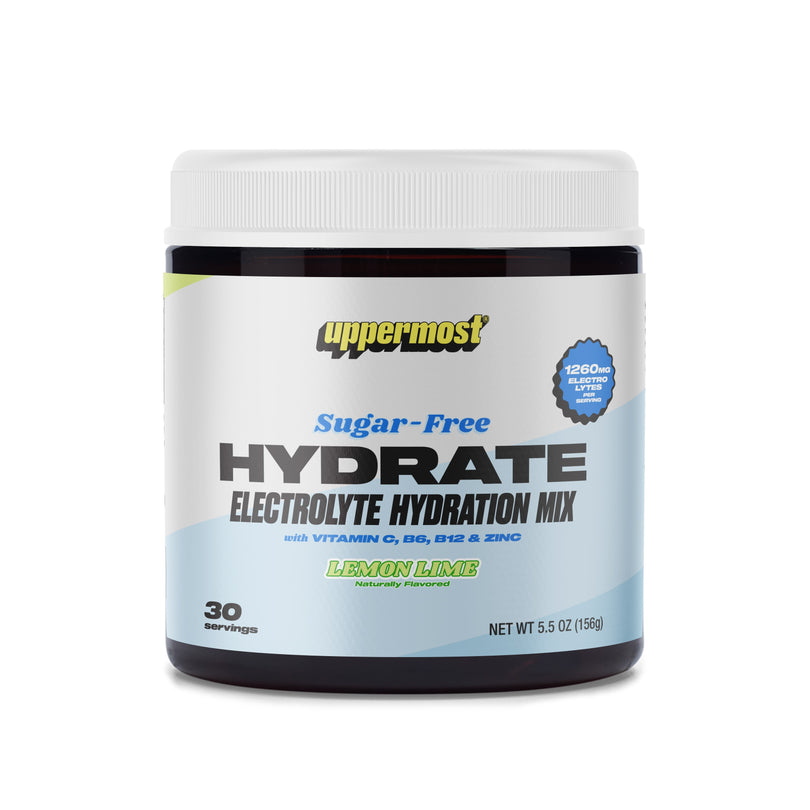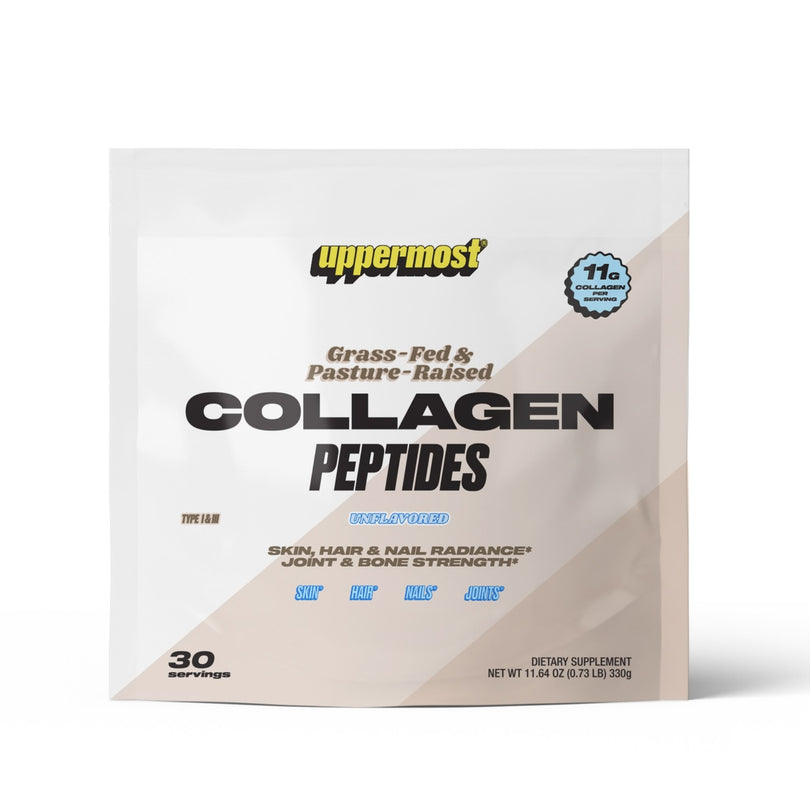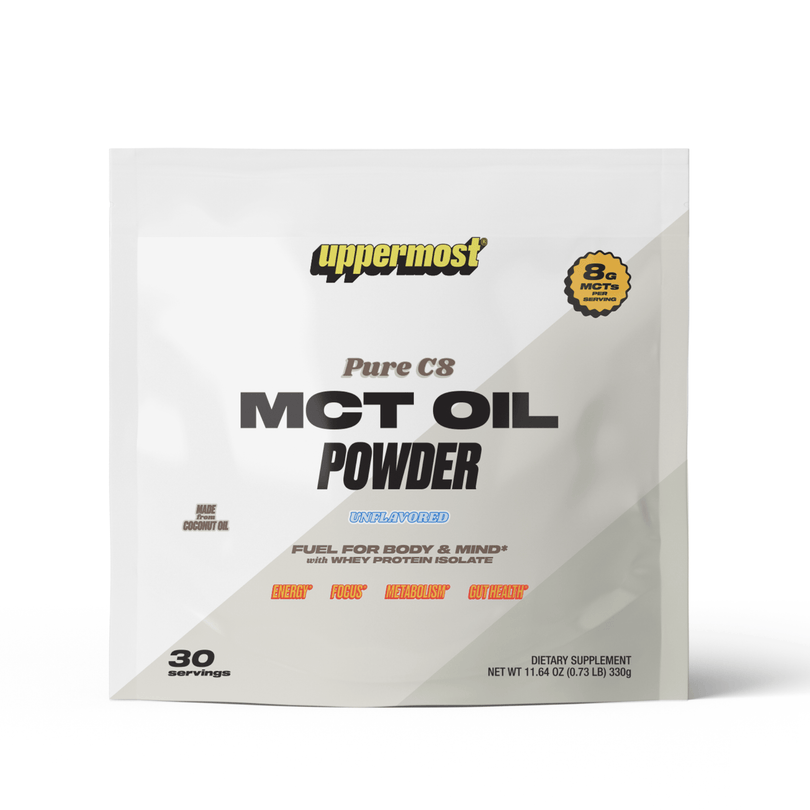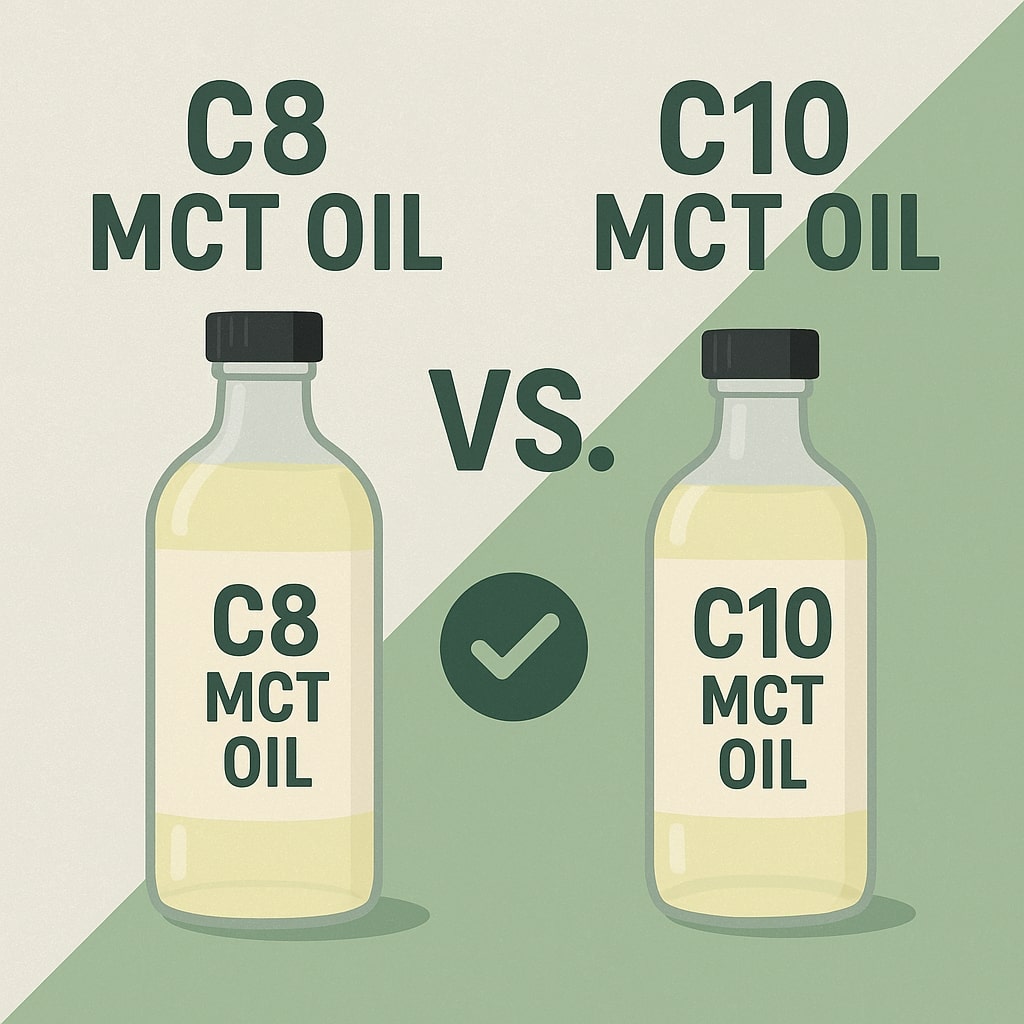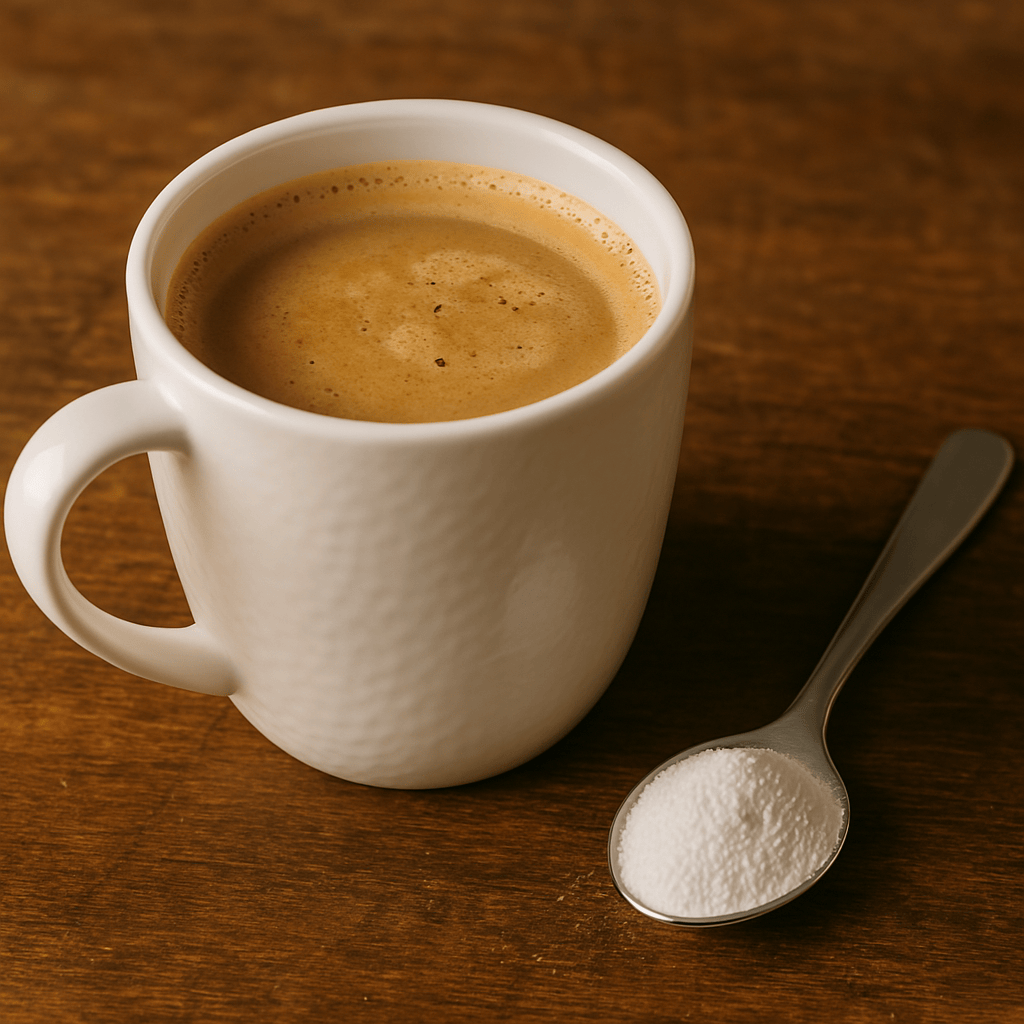Medium-chain triglycerides (MCTs) have garnered significant attention for their numerous health benefits, especially within ketogenic and low-carb communities. Among these MCTs, caprylic acid (C8) and capric acid (C10) are two of the most prominent components. While they share similarities, understanding their differences is essential for making informed decisions about which to incorporate into your health regimen.
This article dives into the distinctions between caprylic acid and capric acid, their respective benefits, and why caprylic acid emerges as the superior choice for supporting energy, gut health, and metabolic functions.
What Are MCTs?
MCTs are a type of fatty acid composed of chains of carbon atoms. Unlike long-chain triglycerides (LCTs) found in most dietary fats, MCTs are more easily absorbed and rapidly converted into energy by the body. This makes them a popular choice for athletes, individuals on ketogenic diets, and anyone seeking a quick and clean energy source.
Among the four primary MCTs, caprylic acid (C8) and capric acid (C10) are particularly sought after due to their distinct health benefits and metabolic properties.
Caprylic Acid (C8) Explained
Caprylic acid, also known as octanoic acid, is an eight-carbon fatty acid. It is widely recognized for its rapid conversion to energy and powerful health benefits. Caprylic acid is found in coconut oil, palm kernel oil, and dairy products, though MCT oil powders often concentrate this fatty acid for maximum benefit.
Key Benefits of Caprylic Acid:
-
Rapid Energy Production: Caprylic acid is the most efficient MCT for quick energy conversion. It bypasses normal digestive processes and goes directly to the liver, where it is rapidly metabolized into ketones.
-
Gut Health Support: Caprylic acid is known for its antimicrobial properties, helping combat harmful bacteria, yeast (including Candida), and fungi in the digestive tract.
-
Enhanced Cognitive Function: By promoting the production of ketones, caprylic acid can provide a clean energy source for the brain, improving focus and mental clarity.
-
Weight Management: Caprylic acid has been linked to improved fat oxidation and metabolic rate, making it a valuable tool for weight management.
-
Anti-Inflammatory Properties: Emerging research suggests that caprylic acid may help reduce inflammation in the body.
Capric Acid (C10) Explained
Capric acid, or decanoic acid, is a ten-carbon fatty acid. Like caprylic acid, it is present in coconut oil, palm kernel oil, and some dairy products. Capric acid also offers health benefits, but its effects are generally milder and slower compared to caprylic acid.
Key Benefits of Capric Acid:
-
Sustained Energy Release: While capric acid also converts to ketones, it does so at a slower rate than caprylic acid. This can provide a more gradual energy boost.
-
Antimicrobial Effects: Capric acid has antimicrobial properties, though they are less potent than those of caprylic acid.
-
Digestive Health Support: Capric acid may support a healthy digestive environment, though it is not as well-studied as caprylic acid in this regard.
-
Mild Cognitive Benefits: Capric acid can contribute to cognitive function by providing a slower but steady release of ketones.
Key Differences Between Caprylic Acid and Capric Acid
-
Carbon Chain Length: Caprylic acid has eight carbon atoms, while capric acid has ten. This seemingly small difference significantly affects their absorption and metabolism.
-
Speed of Ketone Production: Caprylic acid is metabolized more quickly than capric acid, making it the superior choice for rapid energy production.
-
Antimicrobial Potency: Caprylic acid has stronger antimicrobial properties, making it more effective at combating harmful pathogens in the gut.
-
Energy Release: Caprylic acid provides a quick burst of energy, while capric acid offers a slower, more sustained release.
-
Taste and Texture: Capric acid can have a slightly heavier texture and more pronounced taste compared to the lighter and more neutral caprylic acid.
Why Caprylic Acid Is Superior
-
Faster Energy Conversion
Caprylic acid’s ability to bypass normal digestive processes and go straight to the liver for ketone production makes it the fastest and most efficient source of clean energy among MCTs. This is particularly beneficial for athletes, busy professionals, and those on ketogenic diets who need an immediate energy boost.
-
Stronger Antimicrobial Properties
The potent antimicrobial effects of caprylic acid make it a powerful ally for maintaining a healthy gut environment. By combating harmful bacteria, yeast, and fungi, caprylic acid can promote better digestive health and overall well-being.
-
Enhanced Cognitive Benefits
By supporting ketone production, caprylic acid provides a clean and efficient energy source for the brain, enhancing focus, mental clarity, and cognitive performance.
-
Weight Management Support
Caprylic acid’s ability to promote fat oxidation and boost metabolism makes it a valuable tool for those seeking to manage their weight. Its rapid conversion to ketones can also help reduce cravings and support a feeling of fullness.
-
Cleaner Taste Profile
Caprylic acid has a lighter, more neutral taste compared to capric acid, making it more palatable in MCT oil powders and other supplements.
Uppermost’s Commitment to Quality
At Uppermost, we understand the importance of using only the best ingredients to support your health journey. That’s why our MCT oil powder is made exclusively with pure caprylic acid (C8) sourced from coconuts. By focusing solely on caprylic acid, we ensure that you receive the most effective MCT for rapid energy, cognitive support, and digestive health.
Unlike many other MCT products that blend caprylic and capric acids, our formula delivers the superior benefits of caprylic acid without compromise. Additionally, we use whey protein isolate as a binder instead of acacia fiber, providing a cleaner and more effective product.
How to Incorporate Caprylic Acid into Your Routine
-
Morning Boost: Add Uppermost’s MCT oil powder to your coffee or smoothie for a quick energy boost to start your day.
-
Pre-Workout Fuel: Use MCT oil powder as part of your pre-workout routine to enhance endurance and performance.
-
Keto Support: Incorporate MCT oil powder into your ketogenic diet to help maintain ketosis and reduce cravings.
-
Cognitive Focus: Take MCT oil powder during long work sessions or study periods to enhance mental clarity and focus.
Conclusion: Caprylic Acid Reigns Supreme
While both caprylic acid and capric acid offer health benefits, caprylic acid stands out as the superior MCT due to its rapid energy conversion, potent antimicrobial properties, and enhanced cognitive support. Its lighter taste profile and more efficient metabolic effects further solidify its position as the best choice for those seeking optimal health and performance.
By choosing Uppermost’s MCT oil powder made exclusively with pure caprylic acid, you’re investing in a product that prioritizes your health and delivers results. Whether you’re looking to boost energy, support gut health, or enhance cognitive function, caprylic acid is the clear winner.
Experience the difference for yourself and elevate your health journey with Uppermost’s premium MCT oil powder.

